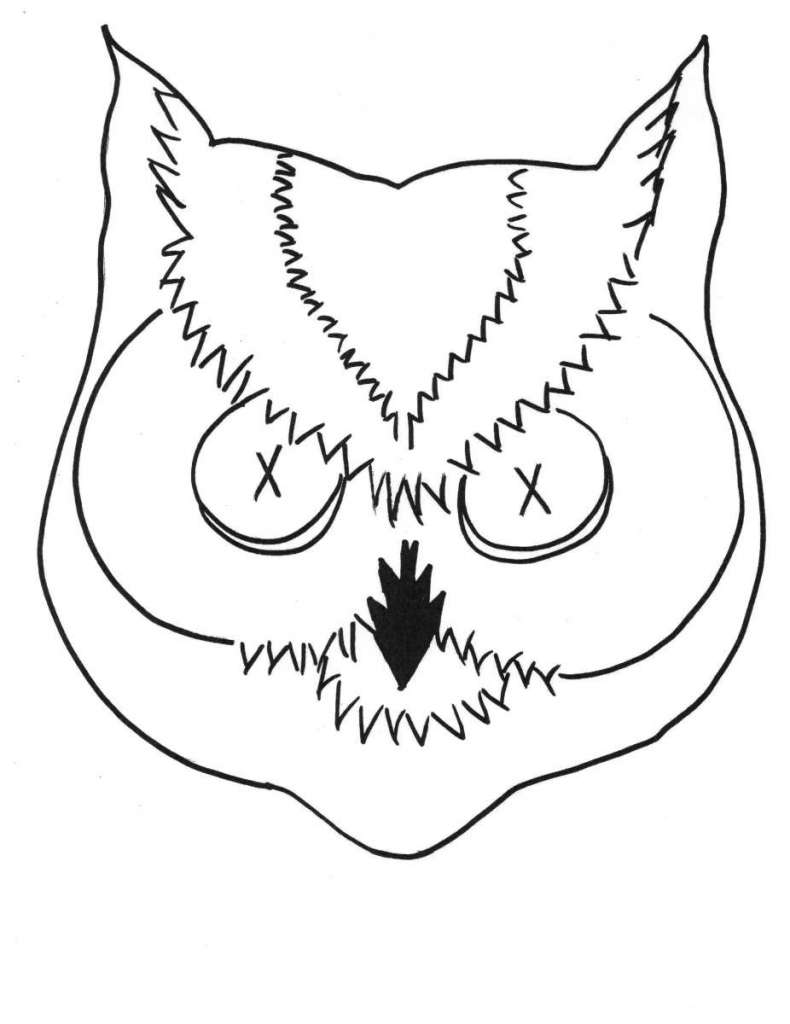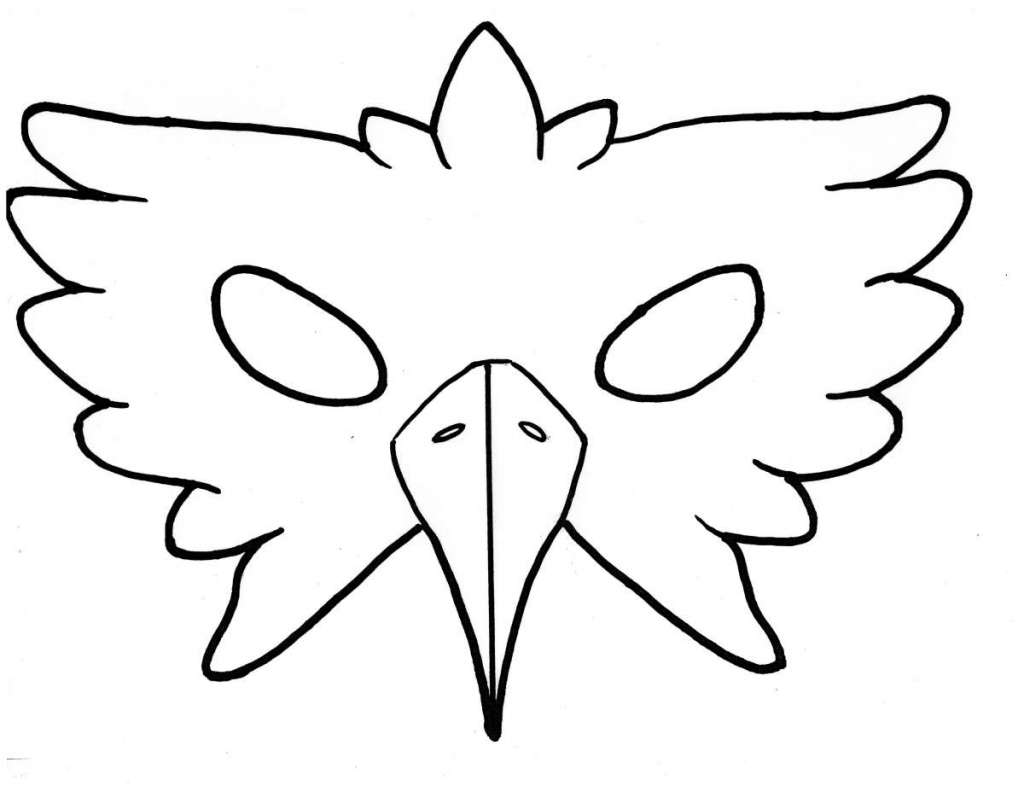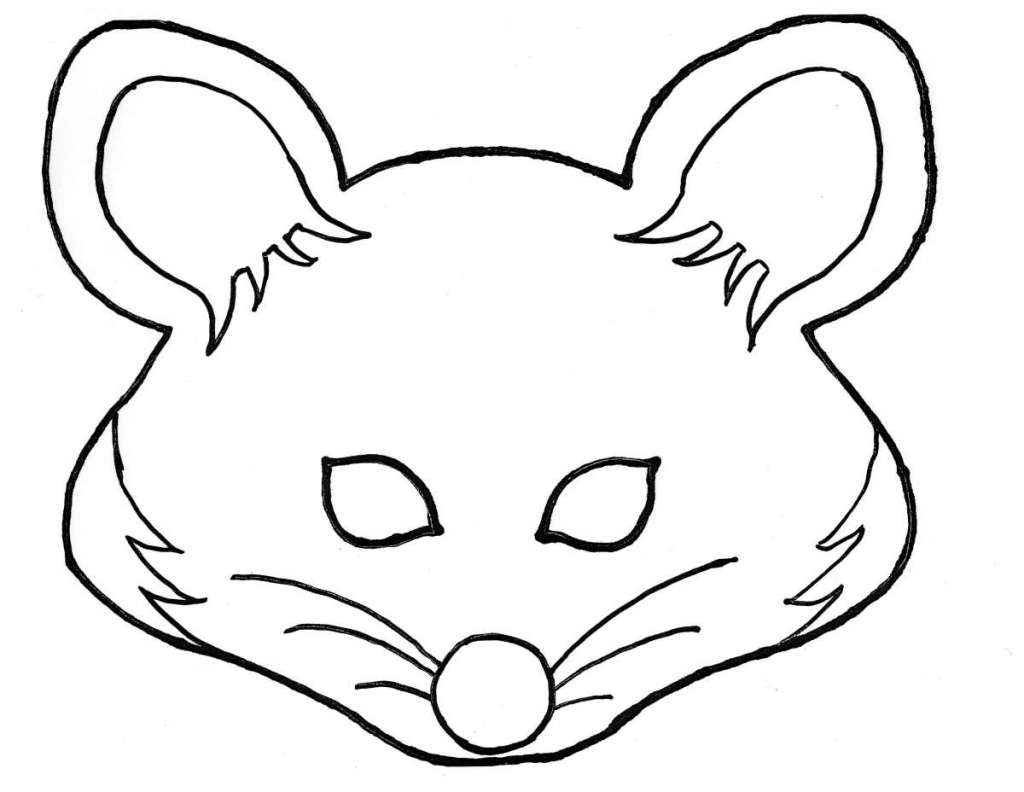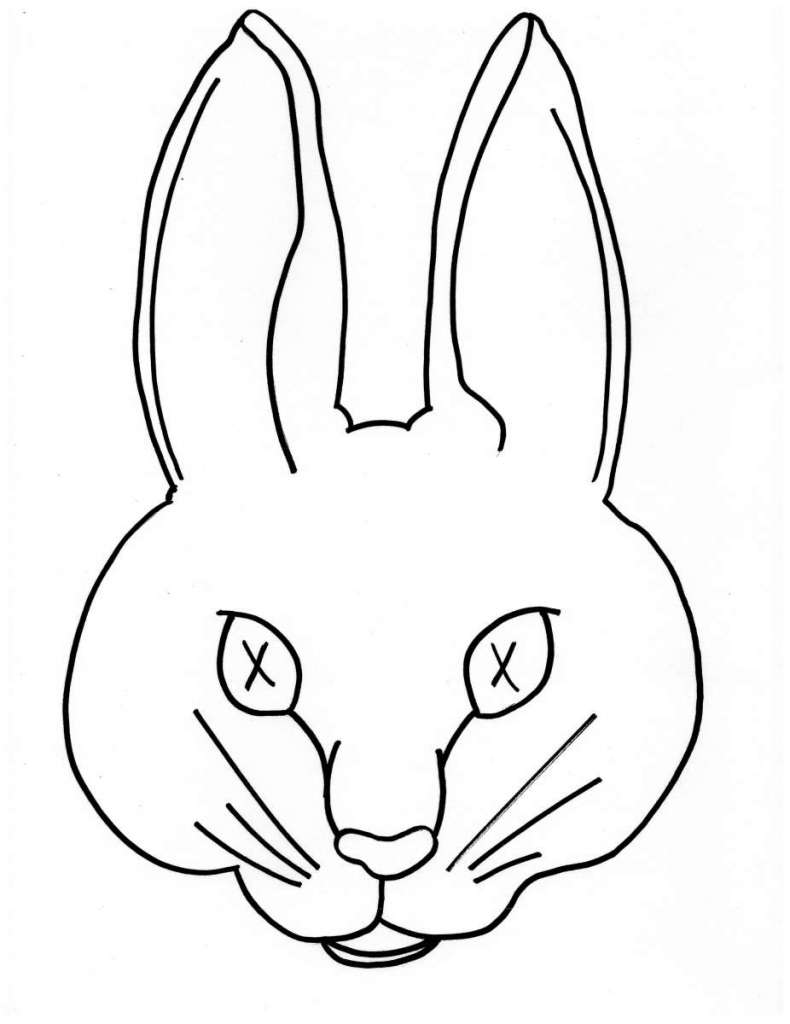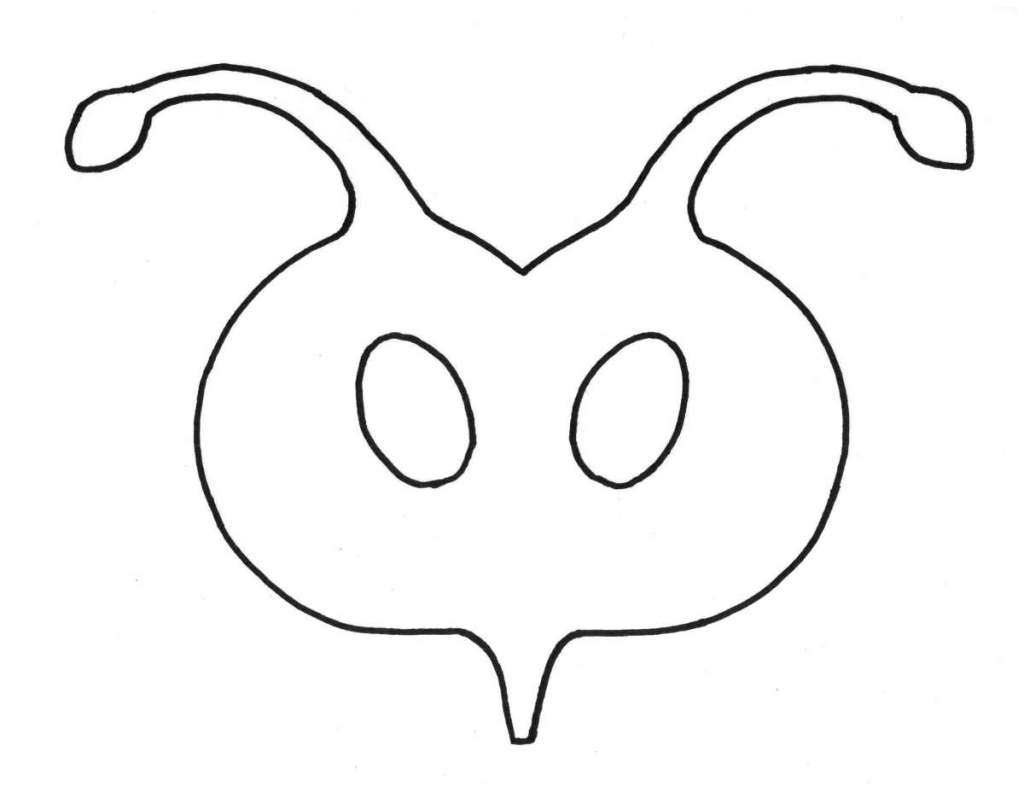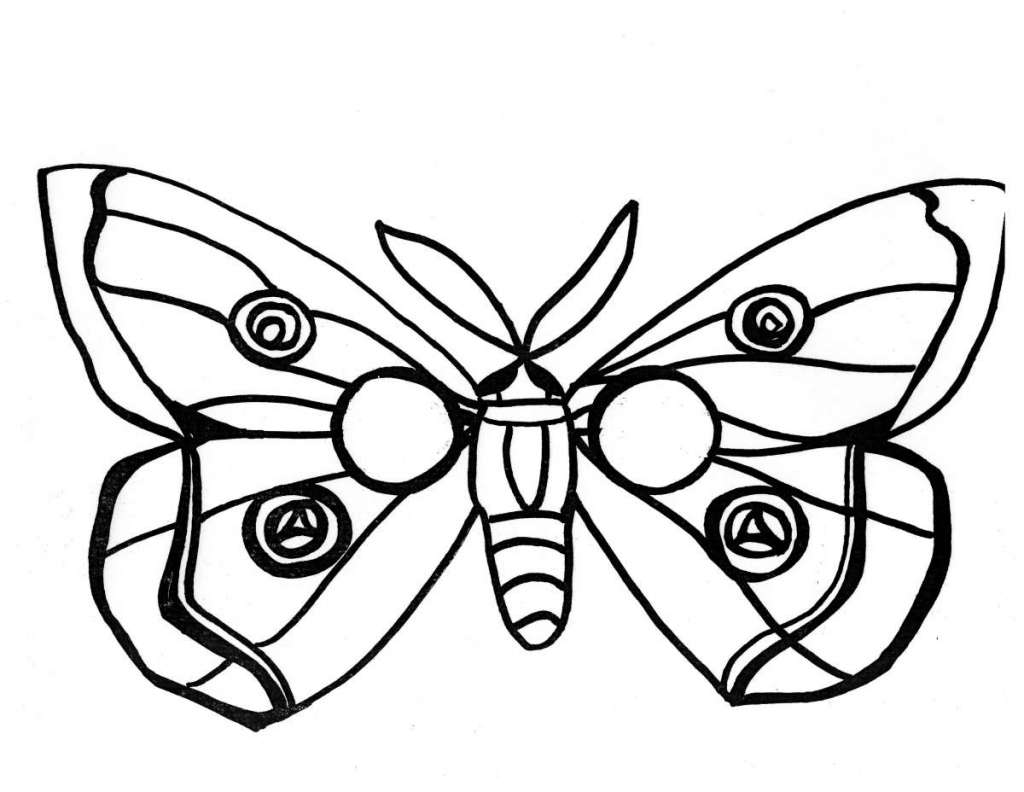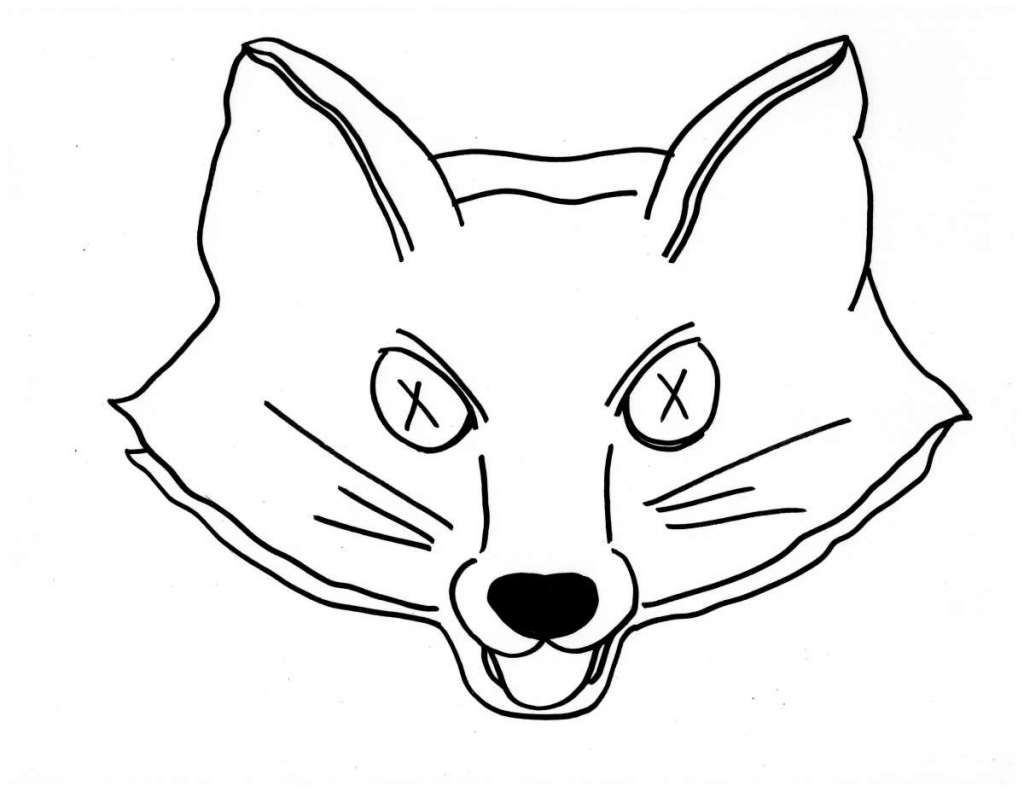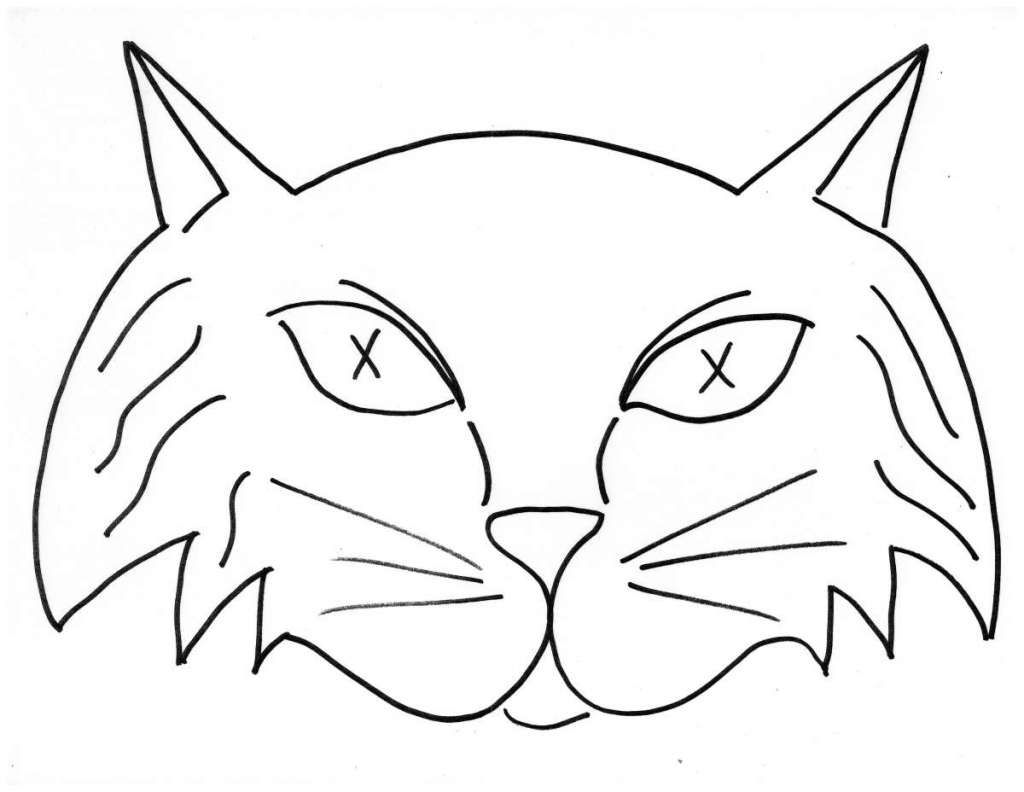Day 1 – Animals In Action
Wildlife Camera Project
The Wildlife Photography Project began about five years ago with the installation of several motion-activated cameras along select trails and washes. Currently overseen by docent Olivia Carey, we have been doing park-wide surveys to determine (1) who is part of our resident wildlife and (2) what they are up to. We are tracking species, numbers, and locations of sightings. The biggest surprise so far? A gray fox Urocyon cinereoargenteus was captured in the south-east corner of the grounds. Recently, we started identifying patterns in the location and frequency of sightings of some animals. For example, bobcats are always single and seem to appear at a given location at about 12 to 14-day intervals. Ground squirrels start to show up occasionally at certain locations in late February and then suddenly make numerous appearances every night. Currently, we are working on an in-depth analysis of our data.
Next year, we plan to do a long-duration observation. We will monitor sites along arroyos that wildlife uses as corridors to move through Tohono Chul.This project is giving us a picture of wildlife behavior in our semi-urban environment and helping us understand the role of protected green spaces to support wildlife. Knowing, when, where, and how wildlife inhabits Tohono Chul will help us make better decisions about how to maintain and operate the grounds in the future.
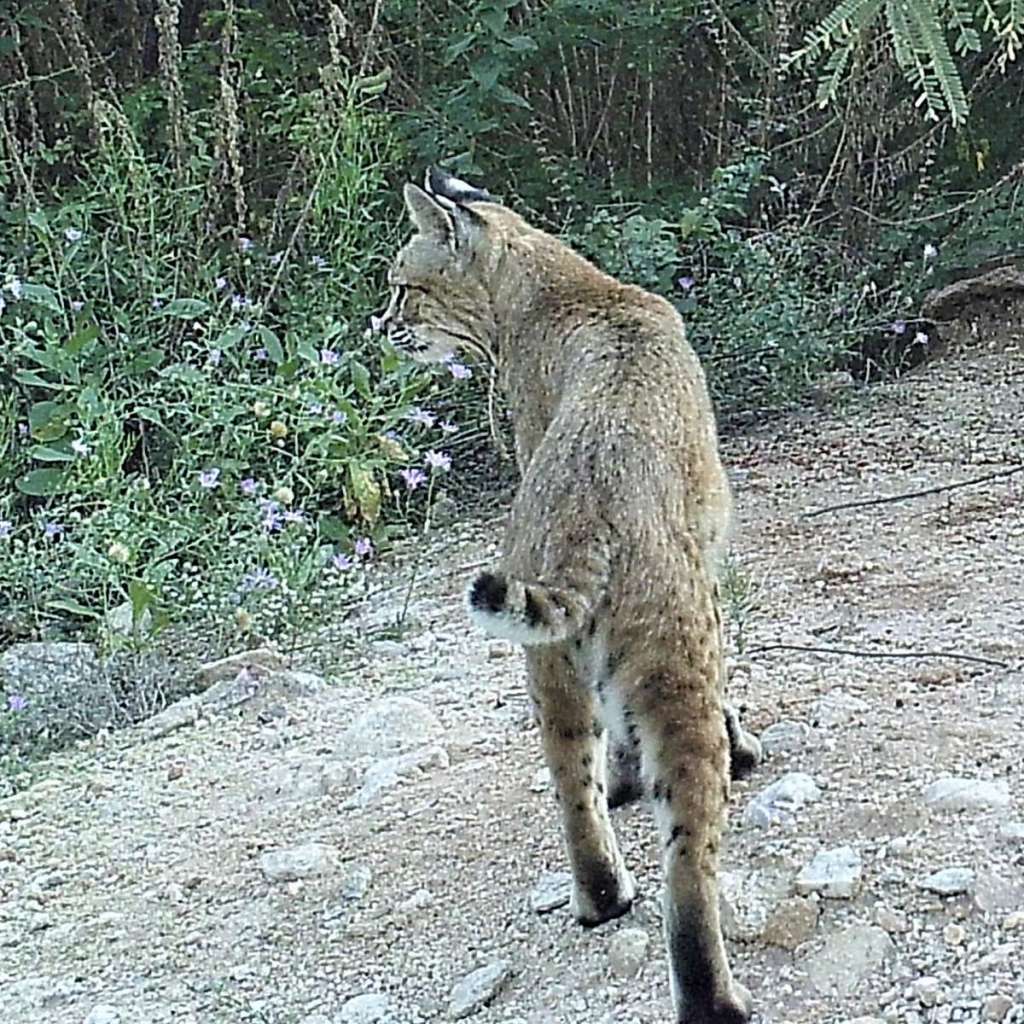
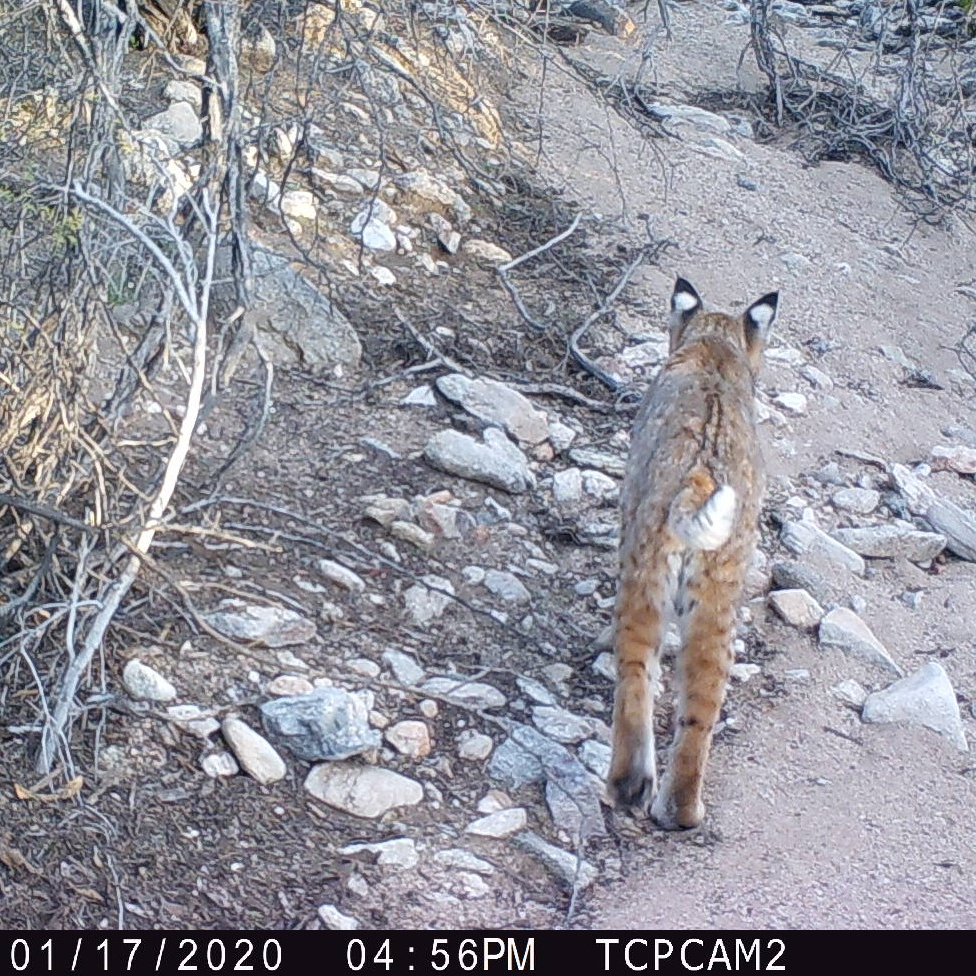
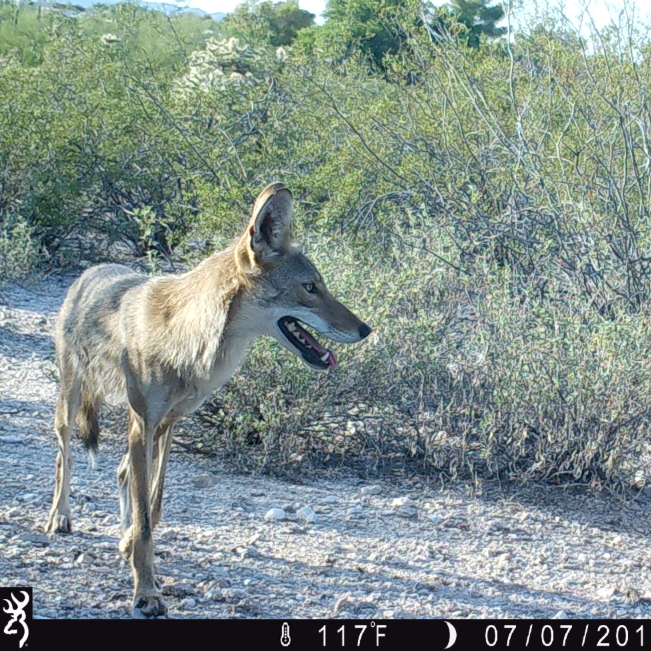
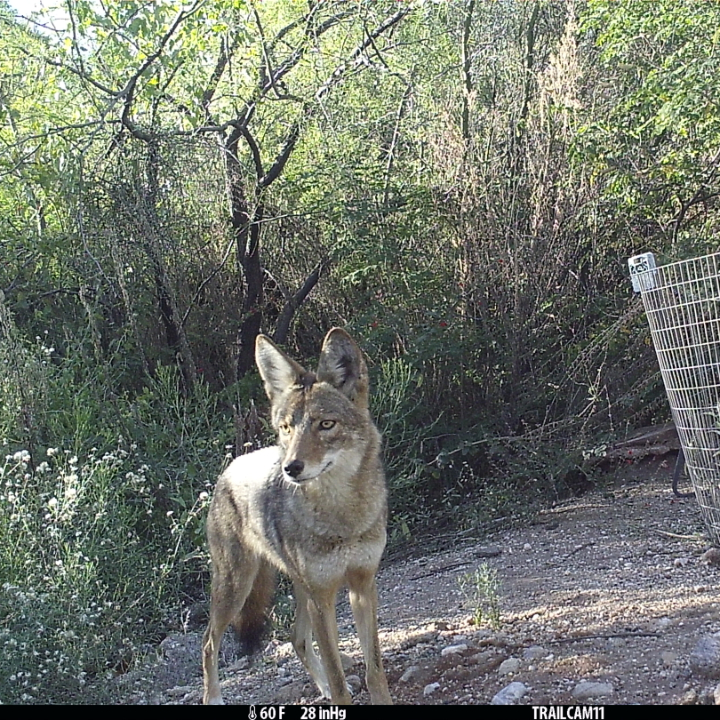
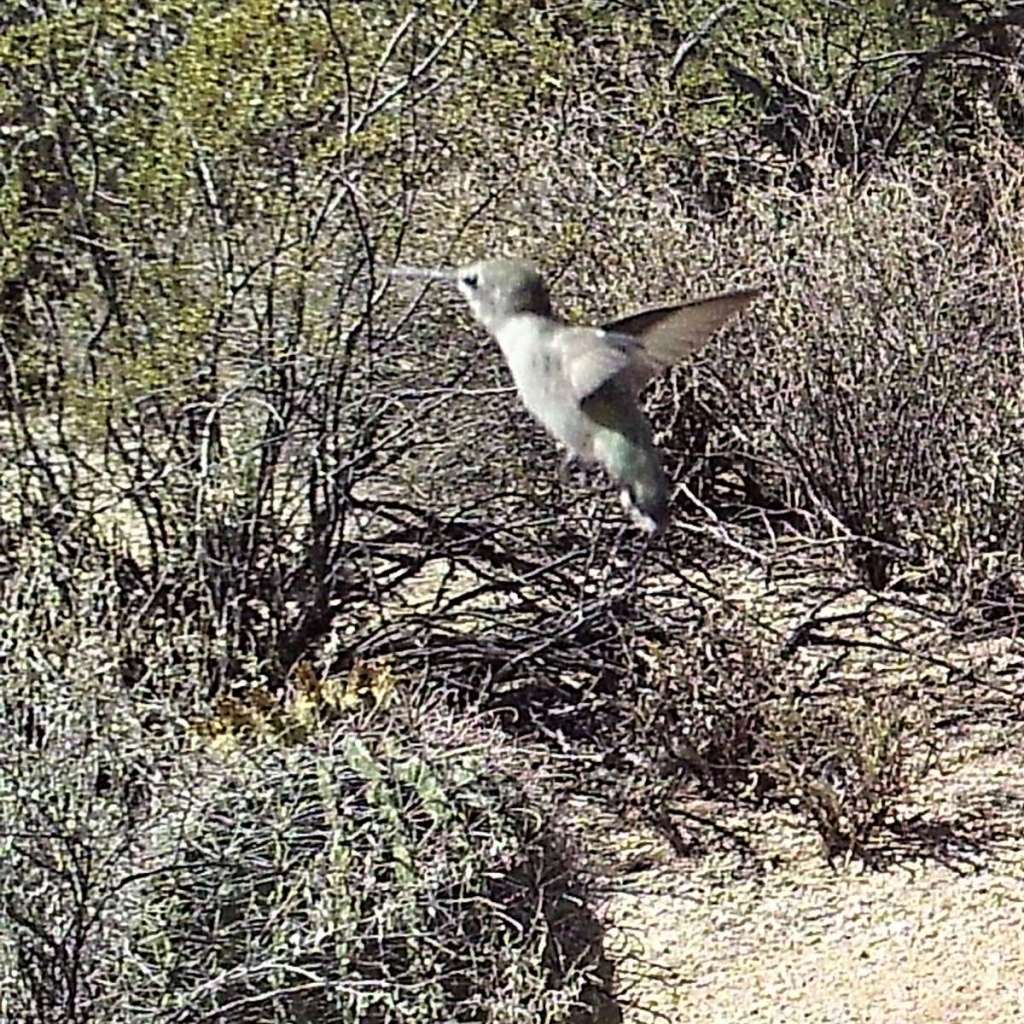
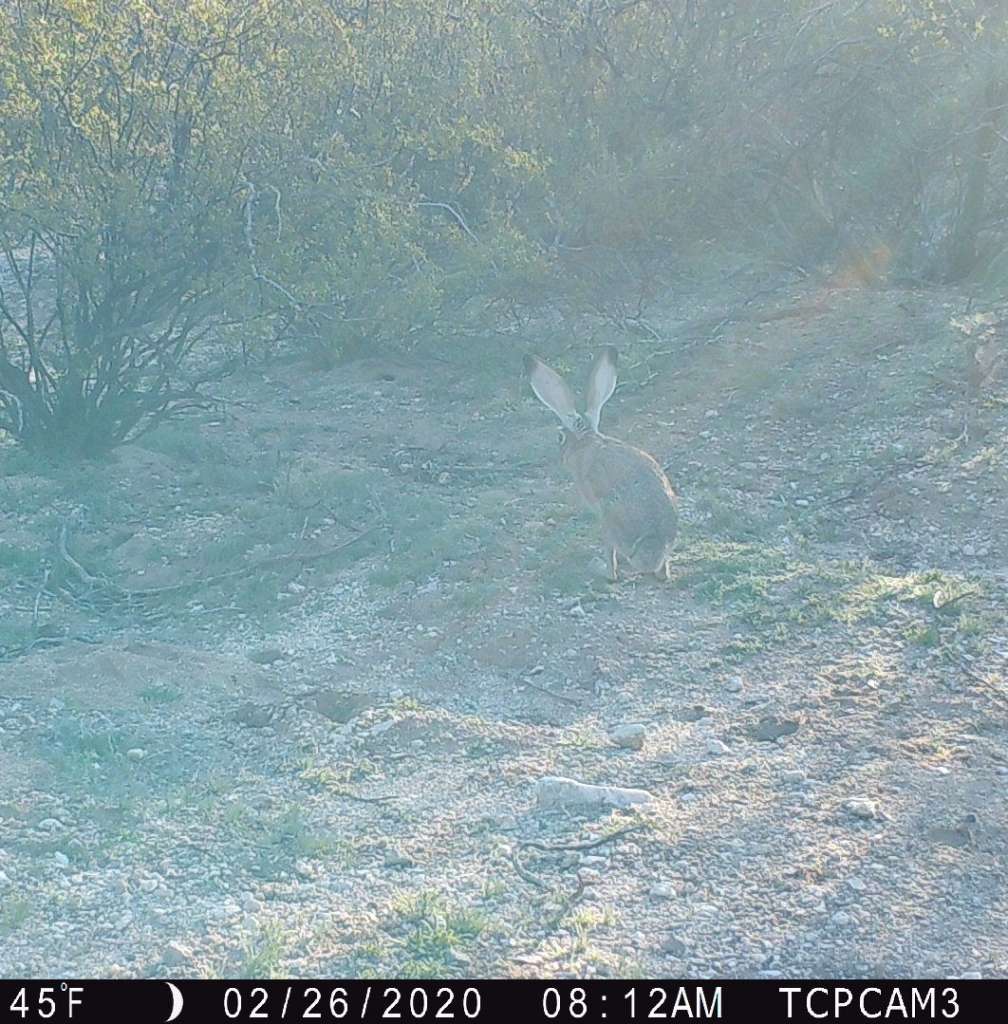
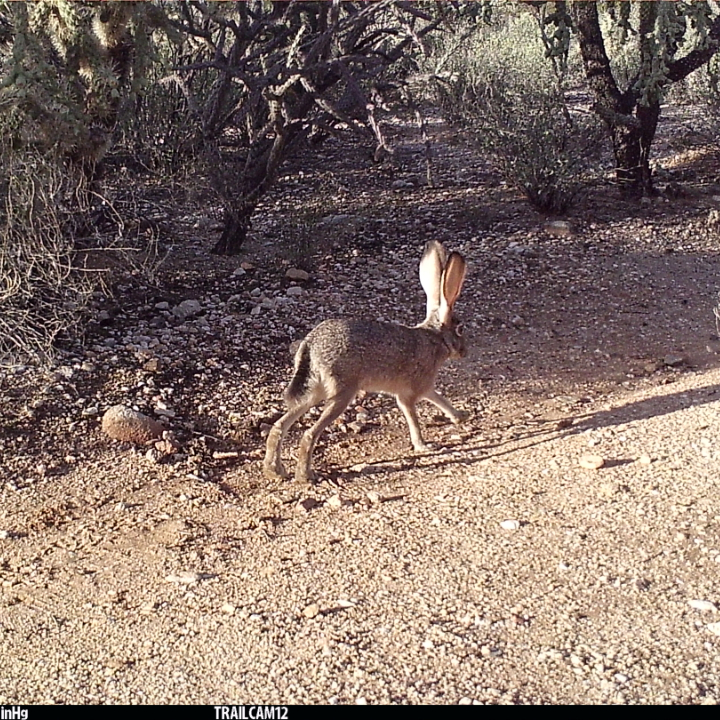
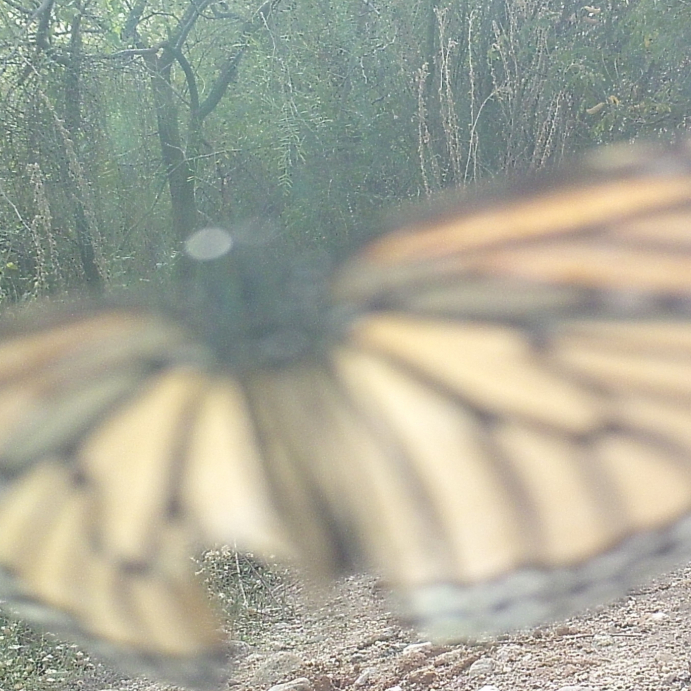
Laurel Strohmeyer – Wildlife Biographer & Landscape Photographer
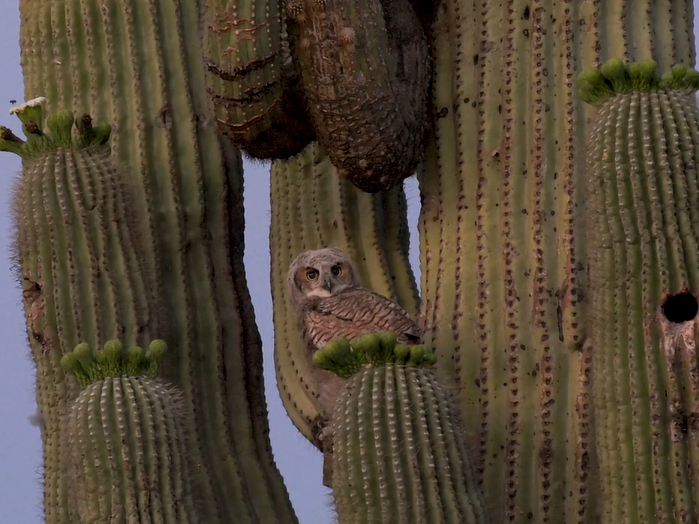
Possessed of a driving passion for discovering, capturing and sharing the ever changing and sacred essence of nature’s divine beauty it is my hope that through my work I can inspire others to connect with nature and discover its absolute “soul” magic.
Diurnal & Nocturnal Activity Sheet
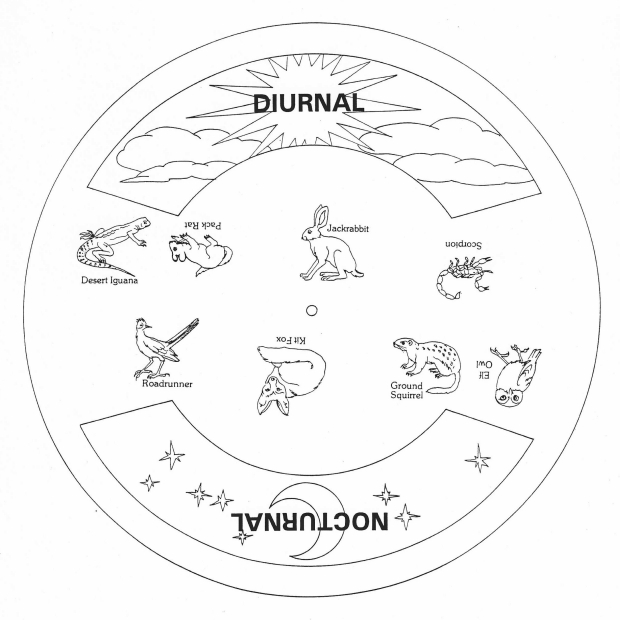
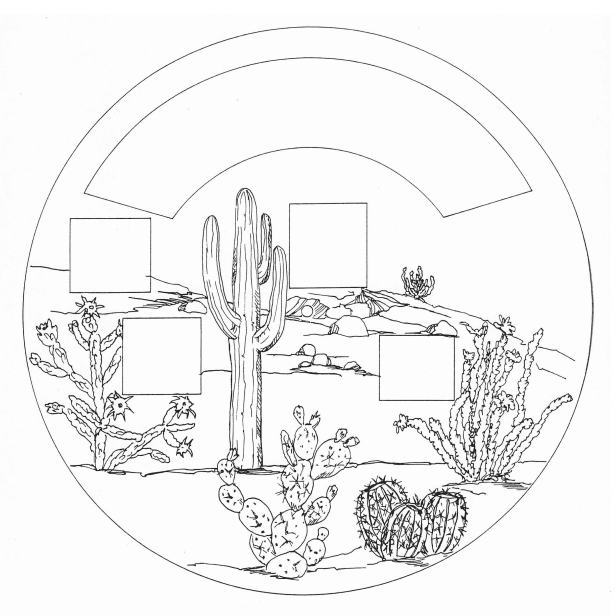
Day 2 – Fun In The Sun
Wildlife Camera Project Interactive Map
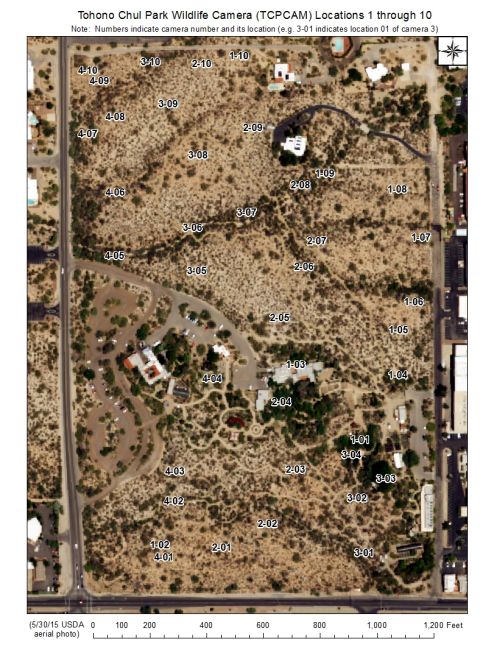
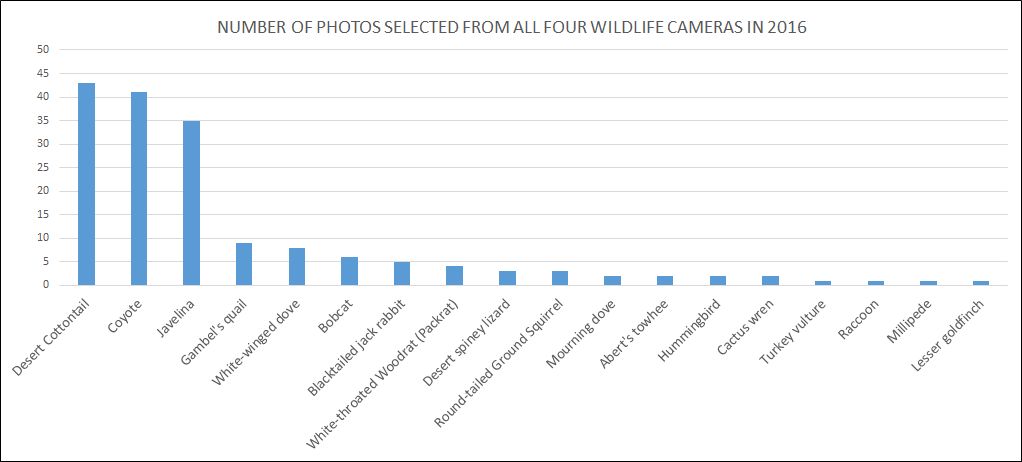
Desert Players
Tohono Chul’s Desert Home Theatre troupe first trod the boards in 2001 with its production of “Seco’s Big Adventure.” Written by docent Barb Pepper and performed using hand puppets by a dedicated group of amateur thespians, what is now the Desert Players has been edu-taining families at Pima County Libraries for almost 20 years. Each summer Ms. Pepper writes a new story about life in the Sonoran Desert with its distinctive plants and animals as characters. A rotating group of 15-20 docents practices each play for weeks before taking it on the road during the summer months as part of the libraries’ summer reading program. This will be the first summer we’ve missed.
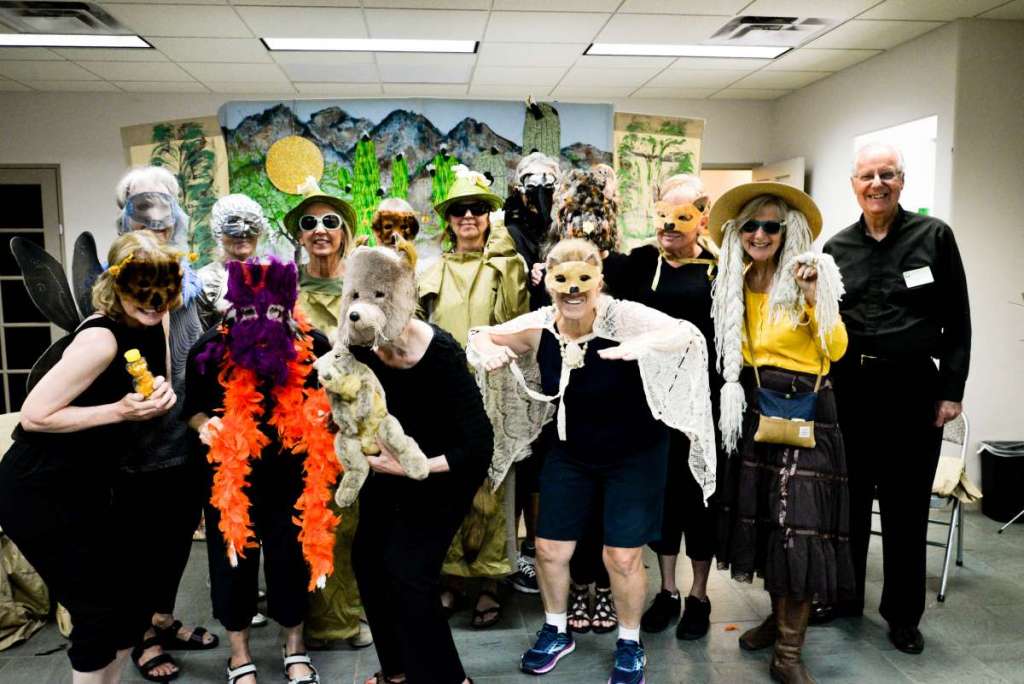
Kid-Friendly Activity

Day 3 – Artistic Expression
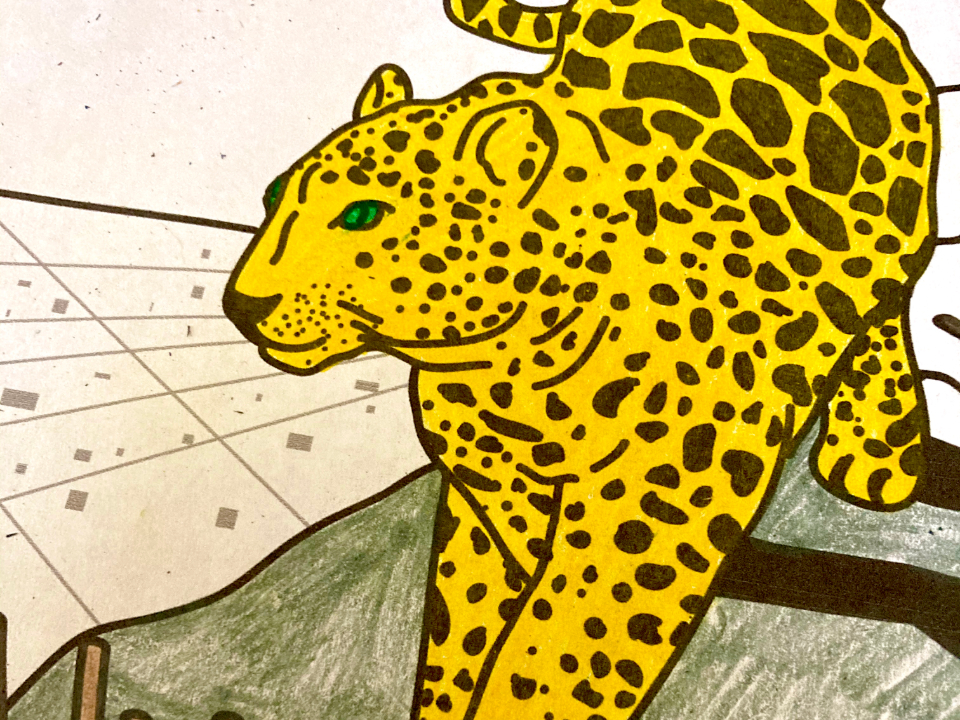
This week you get to color all sorts of diurnal critters this week!
How to download free ebooks and digital audiobooks from public libraries

Get to know the artists
Steve Hickman

Corridors
Inter-relationships between the jaguar and humans are both ancient and tenuous. Revered in art, myth and religion by the Pre-Columbian Maya and Aztec people, today this powerful predator finds itself at odds
More
with ranchers and habitat loss in Mexico and Central/South America. Current sightings and ongoing research provide information about jaguars as they travel north and south of the Mexican border via ‘corridors’ in the Santa Rita and other Sky Island ranges. This piece represents the juxtaposition of the jaguar and human corridors in southern Arizona.
I am a Western and Wildlife artist. My Plein Aire works provide concepts and information for studio paintings. During my career as a National Park Service Ranger, I was a keen observer and painter of the natural scene and active participant in wildlife programs. My illustrations appear in several Yosemite National Park publications. My education includes a degree in Wildlife Management with a minor in Art from Colorado State University, Delgado Community College in New Orleans and study under Master Gerald Merfeld of Westcliffe, Colorado. I served on the Board of Directors of the Western Colorado Center for the Arts and am a member of the Sangres Art Guild, Santa Rita Art League and Tucson Plein Aire Painters Society.
Jan Mayer
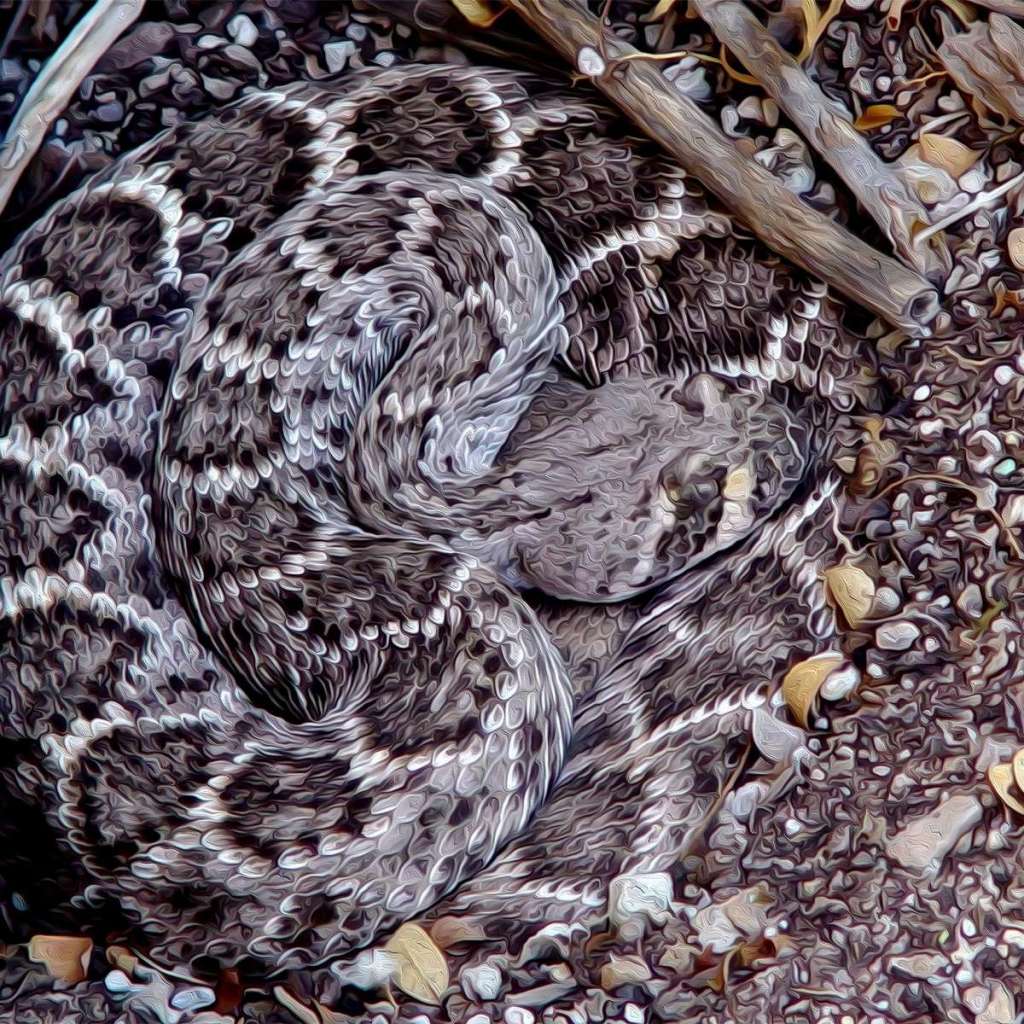
Serpentine Cover
The concept of the desert being barren, dry, and seemingly lifeless with only extreme heat or cold conditions is hardly the reality of our Sonoran Desert. This can be a lush, varied landscape with an abundant
More
diversity of species, both plant and animal. In the lowlands, saguaro forests rule the environment, their giant monolithic presence coupled with other strange and fruitful plant life possess amazing adaptations for survival. Animals shelter in the day’s heat and then emerge from their concealed places to feed and prepare for their next generations. Precious water is the ultimate life sustaining essence in this unique and enigmatic habitat. We celebrate its arrival and marvel at the transformation left behind as its memory.
The marriage of photography and nature is simple and complementary. It reveals an exquisite complexity of design and seductive allure for function in the natural world. My work resonates what I into it, to be the spirit of life’s reflections in color, shadow, texture, movement and emotion.
Using digital photography has freed my senses to capture vibrant images in an immediate way yet allows the creative process to continue after through maneuvering in the digital darkroom. I use watercolor paper, canvas or metal to create archival images that enhance the mood and ambience of each piece.
My art brings to light the organic beauty that surrounds and occupies my environment. Its painterly quality enhances their illusion as they weave back and forth into another guise of reality.
To learn more about Jan Mayer, go to https://www.janmayerphotography.com/
Victoria von Elbe

Rabbits Resting
Animals and plants benefit thru feeding relationships. As I observe in my backyard: rabbits nibbling on prickly pear pads and fruit, then dispersing seeds thru scat that produces a new plant.
More
I moved to Tucson from Chicago in 2005. Planting the Sonoran Desert’s iconic specimens around my home was an immediate goal upon moving to Arizona. Their shapes provide endless inspiration for my prints and remind me that I do not live in the desert I live with the desert. My woodblock prints are by hand on the finest Japanese papers in very small editions.
Victoria von Elbe

Defiant Five
The many different types of corridors all focus on the same goal: to ensure connectivity between isolated habitat patches, so that many species can move freely throughout the landscape.
More
I moved to Tucson from Chicago in 2005. Planting the Sonoran Desert’s iconic specimens around my home was an immediate goal upon moving to Arizona. Their shapes provide endless inspiration for my prints and remind me that I do not live in the desert I live with the desert. My woodblock prints are by hand on the finest Japanese papers in very small editions.
Day 4 – Artistic Interpretation
Tohono Chul Wildlife Camera Project
A very special thank you goes out to all of the staff, docents, and volunteers who made the Wild Life Camera Project possible. Their efforts allow us to catch glimpses of the elusive critters who wander in and out of the park. More images from the Wild Life Camera Project are on exhibit in the Foyer Gallery located in the Education Center. Archival pigment prints along with video compiled and edited by Karen Hayes
Richard Zelens
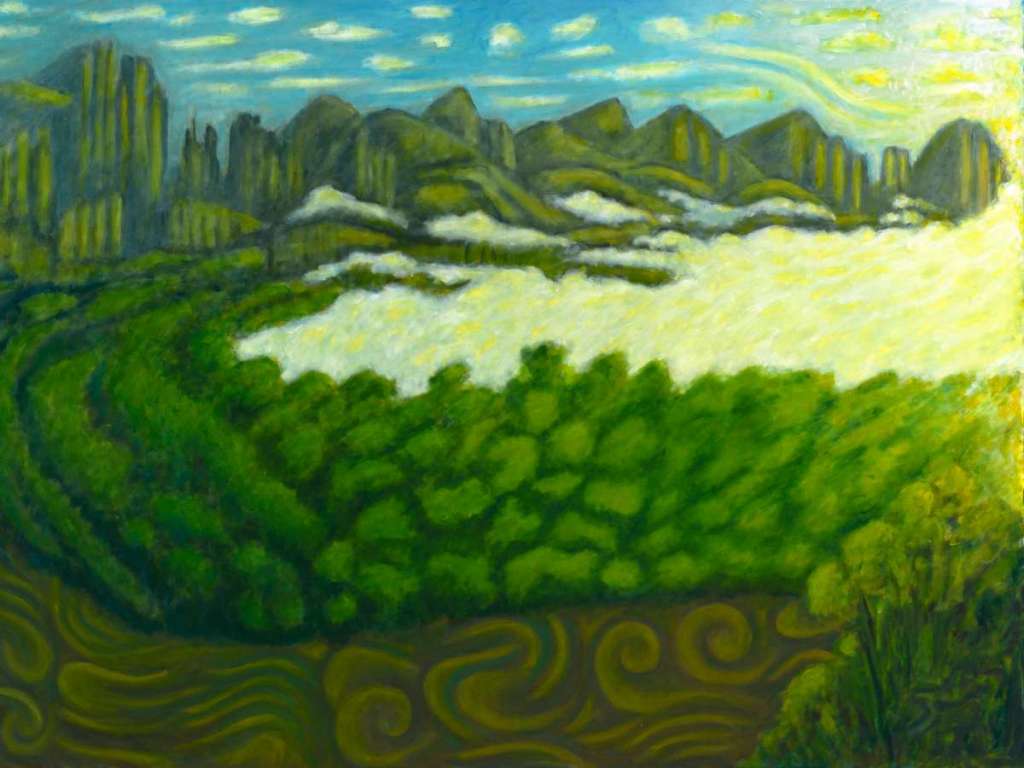
Catalina Dawn
oil on canvas
“Each Dawn my trusted dog, Oscar and I
walk to the Rillito River
to see the constant changing
often exquisite daw
non the Catalina mountains.
As the sun rises to the East
To the West
The full moon sets behind the
Tucson Mountains
Night giving way to Day.”
Kate Snow Cocuzza

Butterfly II
archival pigment print on canvas
“Butterflies and pollination represent transformation, rebirth, and renewal. I was honored that this butterfly stayed with me long enough to capture its beauty and allowed me to take in its symbolism.”
David Lash
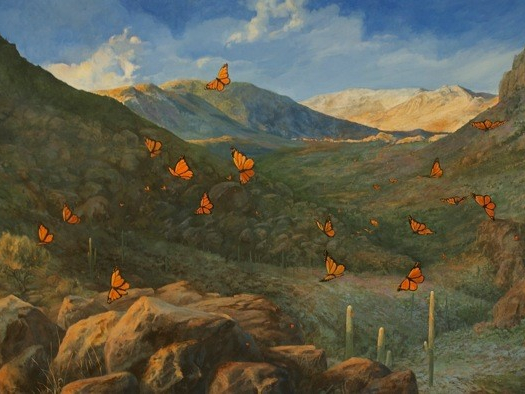
There is No Hell, Only Mercy
acrylic on panel
“This painting depicts the southern part of Arizona near Organ Pipe National Monument. The canyon can only be reached on foot. On an early spring backpacking trip I saw the soft touch of the season on the land.
Because of the dryness of the atmosphere, distance becomes hard to judge. There is no distance greater than time. The desert is vast as it is ageless.
More
Untold millennia have past, yet the desert here remains pristine. The harsh, stark landscape is in contrast with the transitory flight of a delicate butterfly.
The butterflies symbolize a fleeting moment against the ancient rock and the century old saguaros. Like the clouds in the sky, life is present and in a moment, it has moved on.
I have taken artistic liberties with this painting. I did not see the butterflies literally, figuratively and on a personal note, the butterflies represent the passing of known and unknown individuals.”
Bill Kaufman

Sonoran Desert Toads Mating in Sabino Creek
archival pigment print
“The creek running through Sabino Canyon makes the Canyon an important riparian corridor for Southern Arizona wildlife. Sonoran Desert Toads are the largest toads in Sabino Canyon. They have a large elongated poison gland (parotoid gland) behind each ear. The toxin can kill a dog that picks up the toad in its mouth.
More
They are nocturnal except during mating season. They breed in perennial pools prior to the monsoon and in Sabino Creek once it begins to flow. The toads in this photo were mating in a large pond just south of the dam in lower Sabino Canyon, about one week prior to the first significant creek flow.”
[expand title=”MORE ART” rel=”fiction”]
Ted Fleming
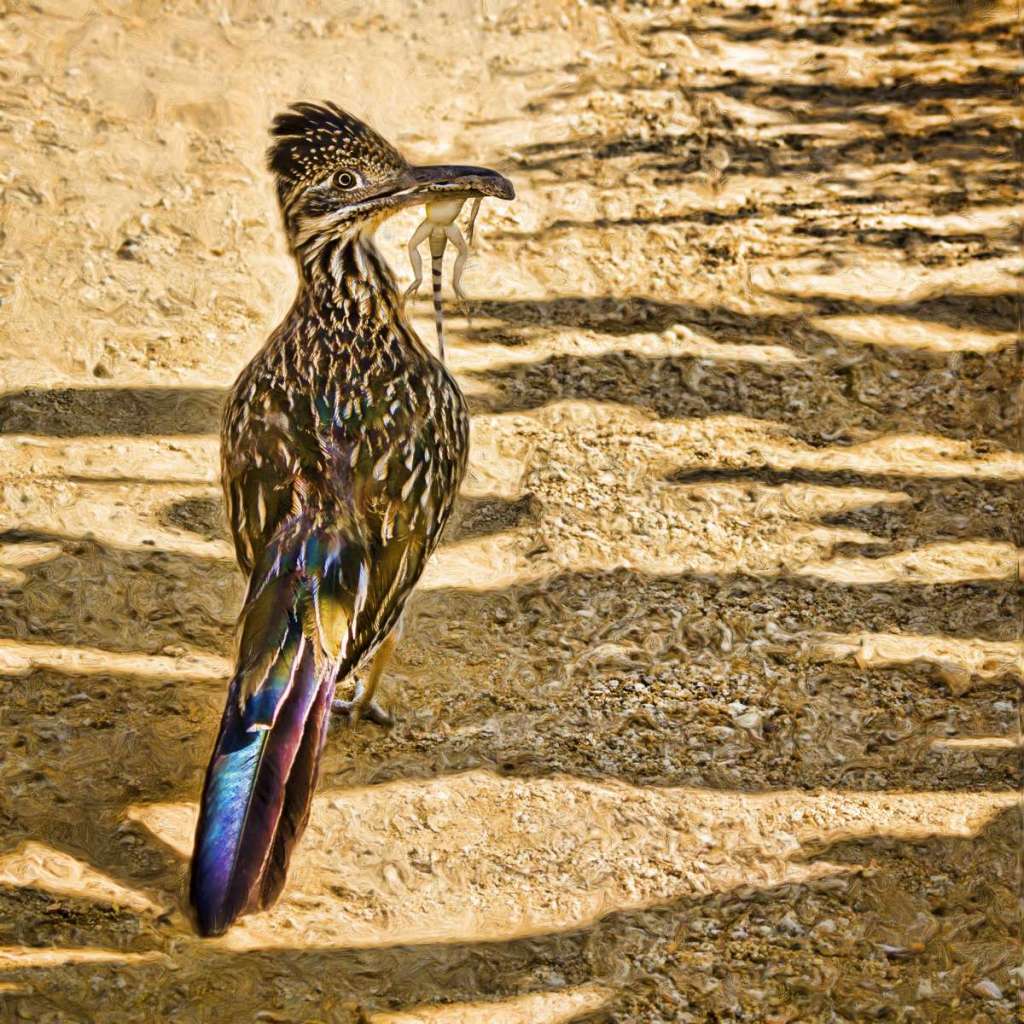
The Circle of Life
archival pigment print
“I took this photograph of a female Greater Roadrunner (Geococcyx californianus) with a Zebra-tailed Lizard in its mouth on the north desert trail at Tohono Chul Park. A pair of these birds nests in this area. Roadrunners are iconic birds of the Sonoran Desert and other arid habitats in the U.S. Southwest and northern Mexico. Members of the cuckoo family (Cuculidae), roadrunners are voracious predators and include lizards, snakes (including small rattlesnakes), baby and adult birds, and small mammals in their diet. They can fly but spend most of the time on the ground; they can run up to 20 miles per hour.”
Amanda Rohrbach
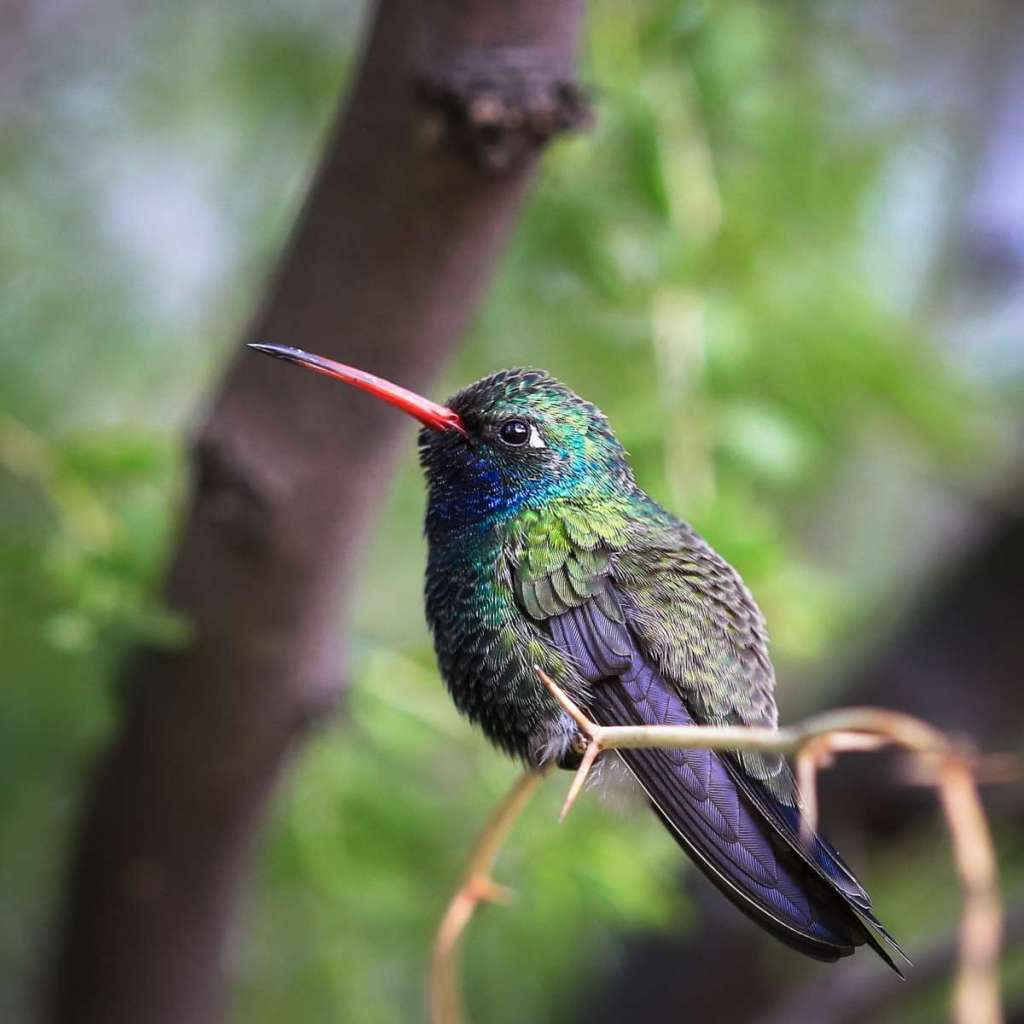
Broad-Billed Hummingbird
dye sublimation on aluminum
“This beautiful, flying jewel was zipping around a mesquite tree and over my head so fast that I could not quite capture a shot of him – until he thoroughly exhausted himself and rested on a branch to catch his breath.”
David Adix

Solar Portal
paper collage of vintage and handcrafted papers
“Portals: Many of the ancient cultures were keen observers of the celestial bodies. They observed patterns and navigated the skies from their observatories, in particular there are records indicating they could predict the cycles of the solar and lunar eclipses, but why was this important to them…..what happened in these rare occurrences when sun, earth and moon would align? What did they experience that we have forgotten? What was their ritual that we no longer celebrate? This year we will experience a total solar eclipse in North America, August 21, and a partial lunar eclipse on August 7. Perhaps this year we will experience these events in a different way, offering us a time of reflection and perhaps offering us a portal into another realm.”
Janet Windsor

Crack of Dawn
fabric and thread
“That magical time when the sun begins to light the sky and just a tiny glow of gold emerges behind the mountains is when all things seem possible. The sky is brighter than the land which is completely in shadow. Soon the merciless sun will bleach out the landscape, but for now all is cool and waiting.”
[/expand]
Day 5 – Weekend Inspiration
Let out your wild side with these easy to make animal masks!
Step 1 – Color and paint your mask imitate the real thing. Or go wild and use any colors you want!
Choose Your Mask, click on image
Design Inspiration
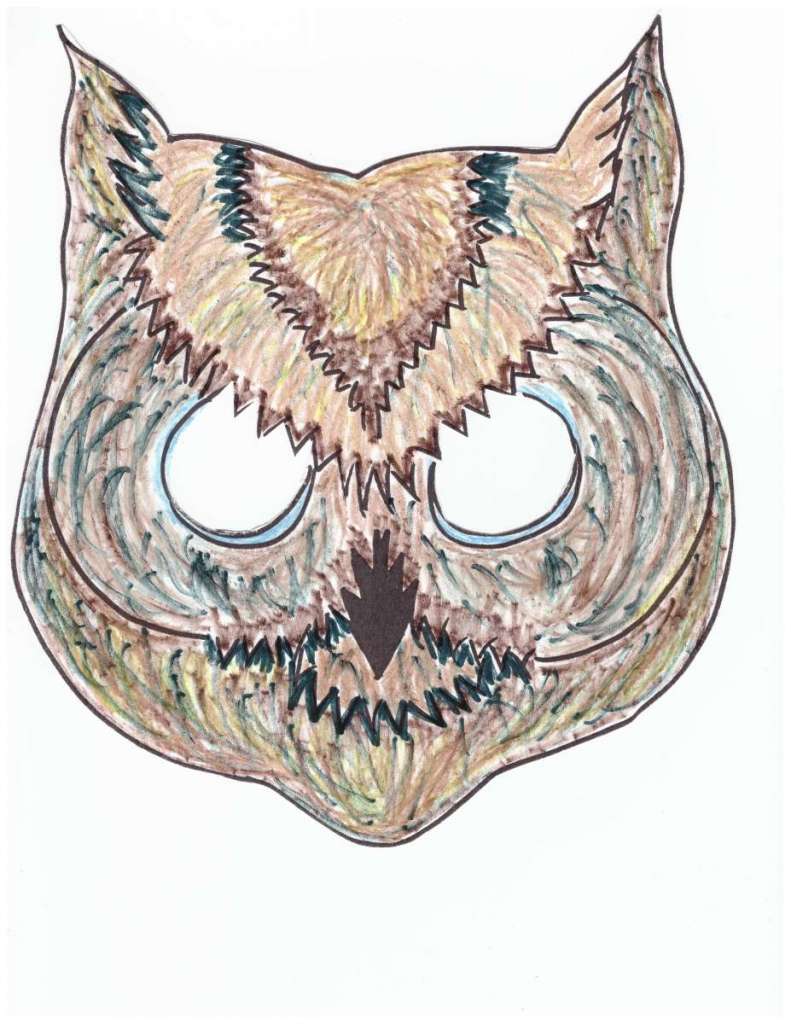
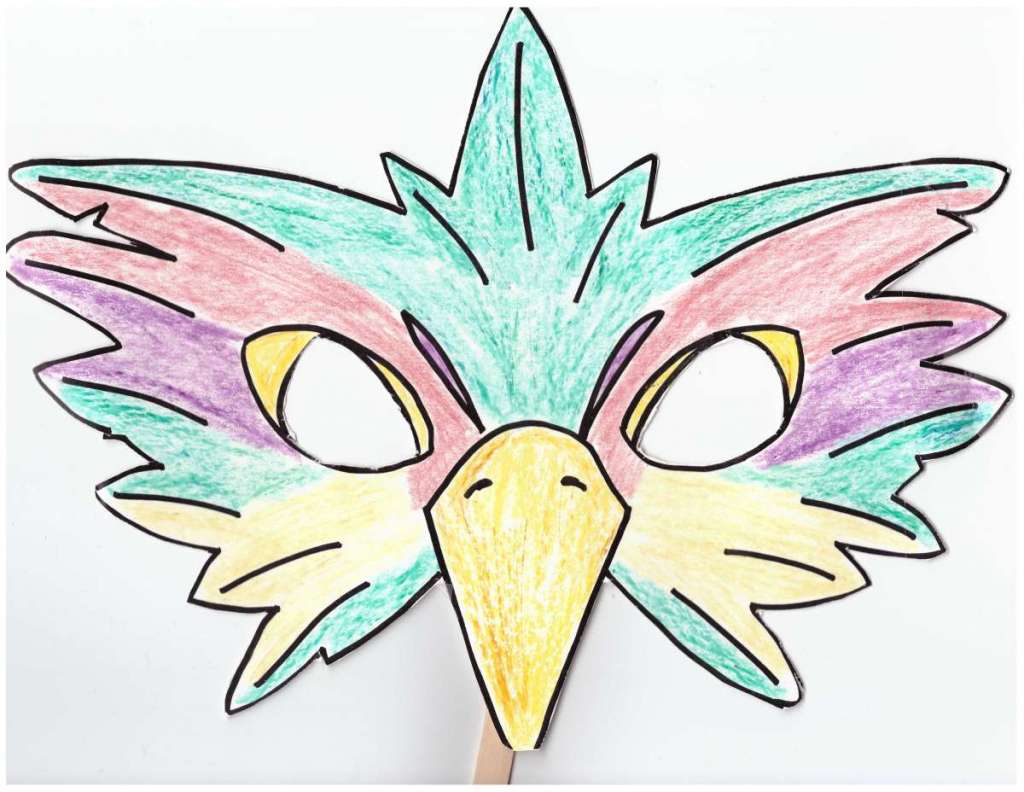
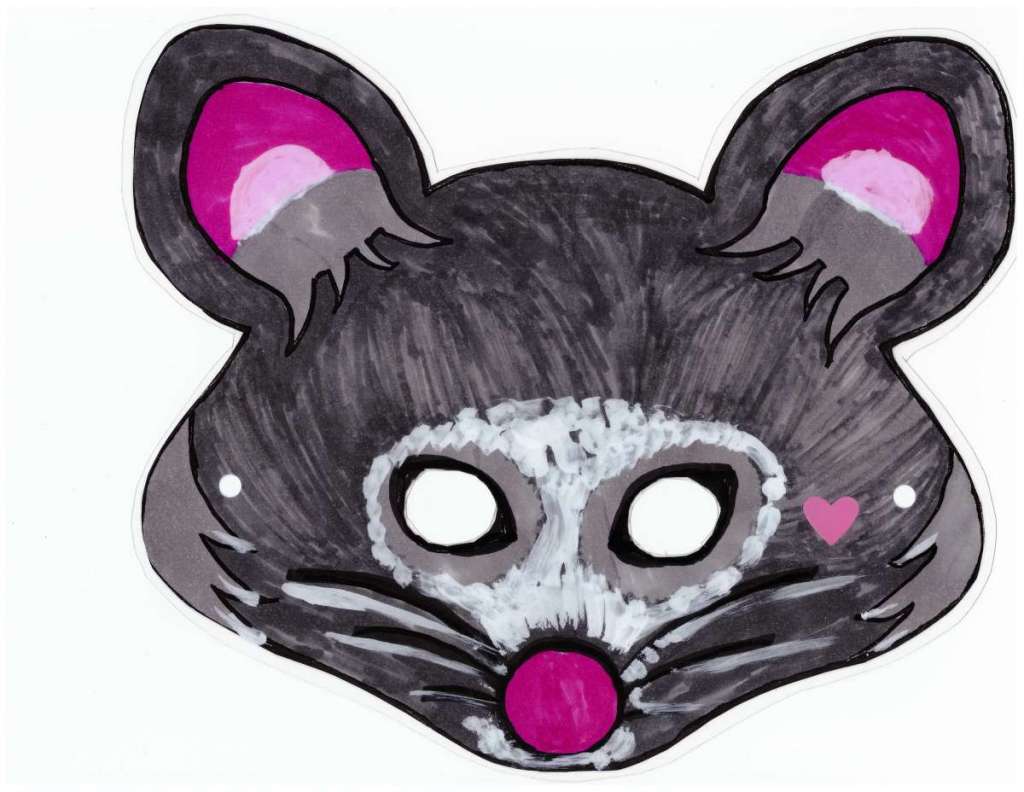
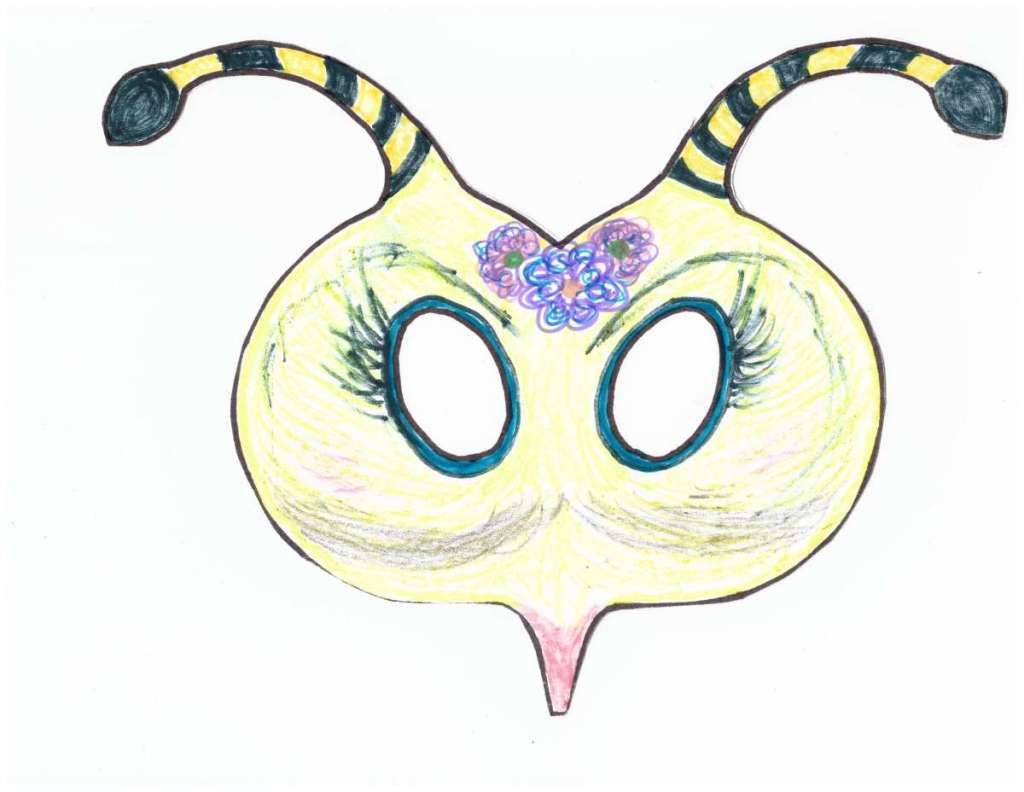


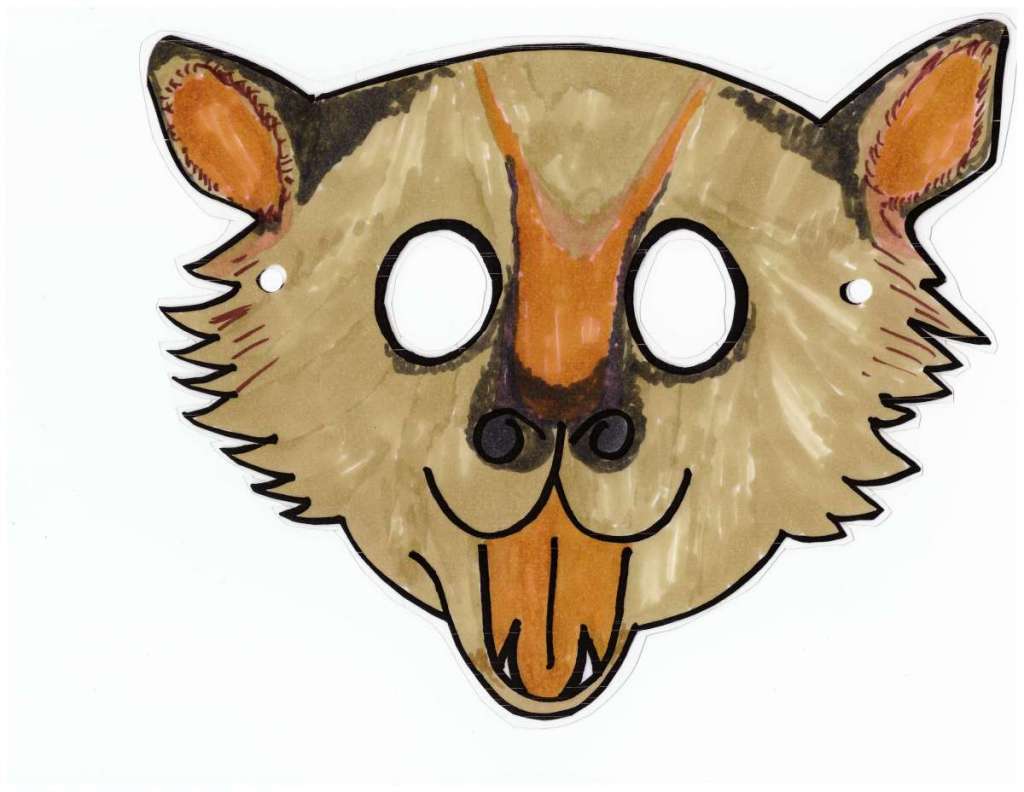
Step 2 – Staple a 12-16 inch elastic to the back. Or tape a popsicle stick to the bottom of the mask.

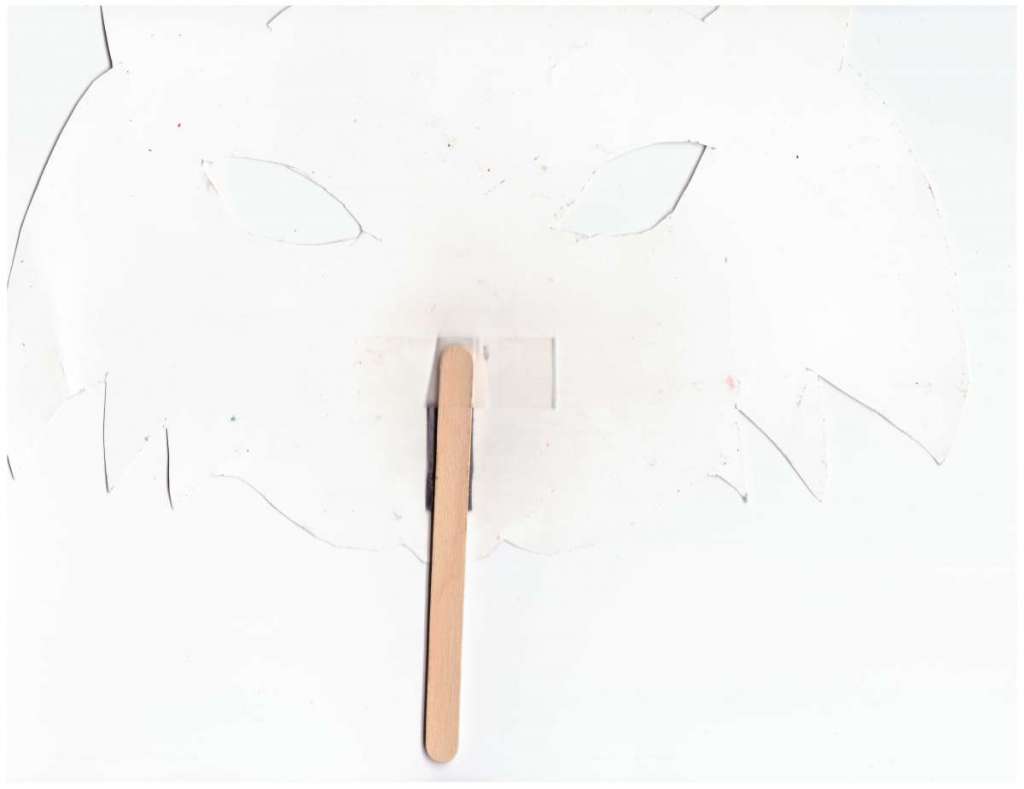
Next Week’s Theme


